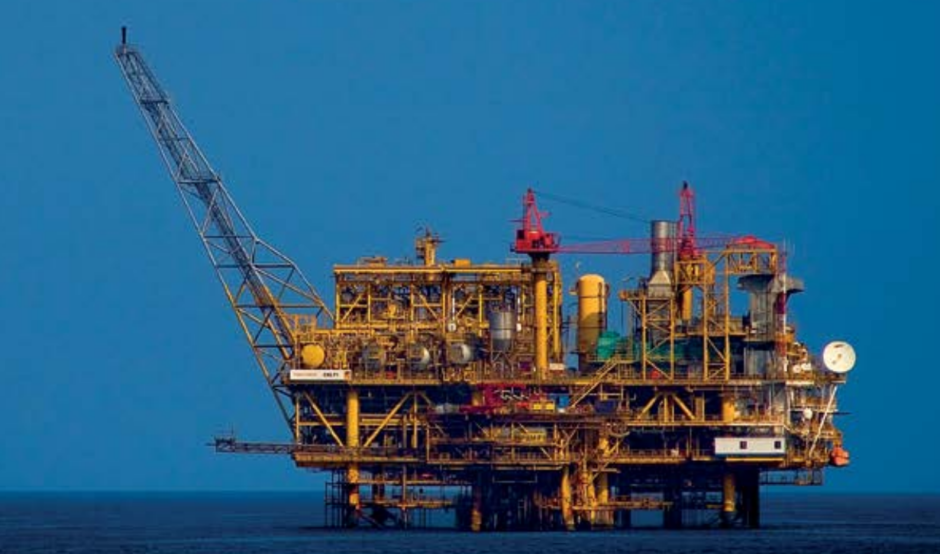
“Turbulent” is the usual adjective to be tastefully employed when assessing years such as 2022 that are subject to extreme events such as the Russian-Ukraine conflict and its reverberations on global energy supplies (along with other terrible consequences).
Against that backdrop, activity within the global upstream M&A space has been modest, with deal volumes and values down against 2021 and the five-year average.
This, in large part, is due to the headwind of high prices, which suppress deal activity because buyers typically do not wish to pay “top of market” prices. Meanwhile, current owners have little incentive to sell when assets are contributing healthy cash returns.
Despite this challenge, global upstream deal activity has been on the rise in the latter part of the year, driven primarily by divestments from the majors across a wide number of jurisdictions, and increased M&A in the US.
African upstream dealmaking, which is subject to its own unique pressures and considerations, followed a similar path – the majors leading the charge, but modest activity elsewhere.
Conditions looked to be set fair for African upstream M&A deals in 2022.
Record profits announcements rang out and cash was available to be spent. There was pent up demand following depressed M&A activity during the COVID-19 pandemic. IOCs, the continent’s predominant acreage holders, were rationalising their portfolios and looking to exit non-core jurisdictions, including within Africa.
The continent’s two biggest oil producing nations have made recent reforms to their upstream regulatory regimes, which were been long awaited and the changes largely well received.
This has resulted in many African-related sale processes in 2022 and some eye-catching deals, particularly involving the majors, which has driven deal values considerably above those from the past couple of years.
But behind those headlines, deal volumes remained relatively low, with few announcements of signed deals and fewer deal completions. The predominant trend is delay – transactions are taking longer to sign, and still longer to proceed to closing.
There are a variety of reasons that explain why.
Conditions were not as good as first seemed. The high oil and gas price environment led to a mismatch between buyer and seller valuations and irresolvable views on how long price conditions could continue, especially with gas-related assets and record LNG prices.
The bumper profits of the majors had little bearing for African M&A because they are primarily being spent elsewhere, through shareholder returns, investments in energy transition or M&A in core jurisdictions only.
For buyers wanting to invest in Africa, the key problem in a high-price world has been the reducing pool of available capital to finance their deals. Many traditional upstream lenders are retreating from the sector and the continent.
The capital markets remain largely closed to upstream oil and gas. Private equity has shown little recent appetite towards African deals. Traders have become a key ingredient as part of complex financing packages.
There are on-the-ground considerations too. Government approvals to deals in 2022 involved lengthy processes, with many authorities unwilling to facilitate the exit of long-standing operators of repute.
In Nigeria, a new activist “NNPC Limited” emerged, busy pre-empting (or purporting to pre-empt) on deals and looking to raise significant funds through pre-payments and financial and technical service arrangements (with portions specially earmarked for M&A spending). This posed a new risk for buyers.
Contrast this to Angola, where Sonangol took the opposite approach, embarking on a large sale process of its interest in significant blocks, with the first tranche of such deals scheduled to complete in 2023.
What does this mean for activity in 2023? One lesson of 2022 is that deals can be done, they are just harder to agree and take longer to complete.
But the critical question that will continue to be asked in the African M&A space remains: from where will the money emerge?